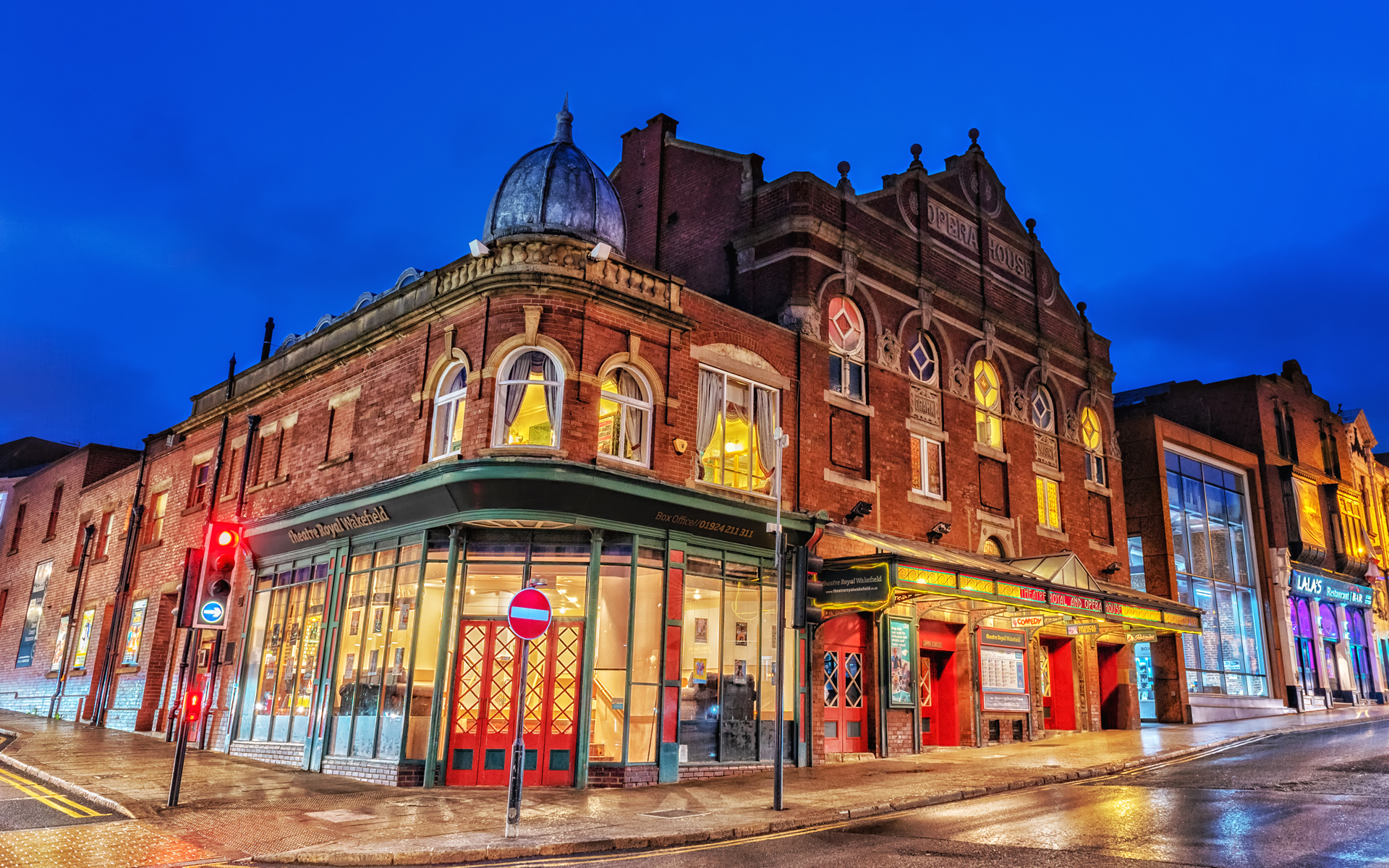One of the most pivotal moments in the journey of your patrons is the leap from mere transacting to giving. Understanding this transition from audience member to donor is key for arts administrators seeking to secure sustainable support for their organization. Donors are not just financial benefactors; they are integral partners whose contributions include advocacy, volunteerism, and community building. This article explores 10 essential strategies for attracting, engaging, and retaining donors, so that you can amplify the indispensable role they play in ensuring the vitality and longevity of your performing arts organization.
Attracting Donors
1. Trust
As in any relationship, between a person and an organization, trust is what everything is built upon. Certainly not a complete list, but some things you can do as an organization to establish that trust are delivering on quality with artistic integrity at every event, demonstrating good financial stewardship (not being in crisis mode all the time) and having a tangible impact on the community that you serve.
2. Connection
Every donor will have a personal connection with the organization receiving their gifts. This connection may or may not be known to you, but look to learn and understand that connection from as many of your donors as you can and deepen them creatively through making your perfromances even more memorable, offering meet-and-greets with you team and your artists, or behind the scenes tours and other social events. The most important connection to a donor may not be to your organization, it may be to the community they have built with other patrons of your organization.
3. Ease
Ease of Donation Process cannot be overstated. A seamless donation process both online and at your venue ensure there are no convenience related obstales to potential donors in taking the final step to actualy become a donor. Simplify online donations with clear, accessible options and ensure there are simple, varied channels for donation, including online, during performances, or via membership programs tailored to different levels of support. As vital as enhancing the motivation and connection of donors to give is, lowering barriers to make it easy is just as importamt. Don’t make it hard for someone to do something nice for you.
Engaging Donors
4. Recognition
Acknowledgement of a gift is a must. You don’t know to what degree your donors are sacrificing to support your organization. Even a modest gift comparatively may be stretching the donor from whom it came and they deserve your expressed gratitude. Don’t be generic and lazy with this, the time investment here is worthwhile. In addition to cards and calls, you might develop other unique ways to acknowledge donors, such as named seats in the venue, mentions in program booklets, or exclusive previews of upcoming shows.
5. Transparency
Communication, it may be said is just as fundamental in relationships as is trust. You shouldn’t overwhelm your databases with communication, but providing regular, engaging updates, financial reports, and impact stories about what donations have made possible will help the donors feel acknowledged and get other considering making a donation. These communications also provide yo a natural opportunity to communicate what your upcoming needs are.
6. Community
Many organizations do not have any further engagement opportunities for their subscribers or donors after they become a donor. You might consider offering volunteer opportunies, advisory board positions, and community outreach programs where your donors can serve as advocates. Look for ways that deepen your donor’s engagement and find ways to connect your donors with the segments who are near to the donor level in what we call the patron journey, such as your subscriber/members.
7. Education
Education about the Cause is about more than sharing facts; it’s about inspiring action. Share insights into the creative process, the importance of supporting the arts, and how the organization contributes to cultural enrichment and education. Through blogs, videos, and social media content, you can educate potential donors on the critical role their support plays in enriching the community and fostering artistic talent.
Retaining Donors
8. Privacy
Privacy and Security are paramount in today’s digital age. Donors entrust you with their personal and financial information with the expectation of utmost confidentiality and security. It’s crucial that your organization employs stringent data protection measures, including secure online donation platforms and clear privacy policies that are easily accessible. Regularly updating your stakeholders on the measures taken to protect their information not only builds trust but also demonstrates your commitment to their privacy. Transparency in your data handling practices reassures donors, fostering a secure environment for giving.
9. Flexibility
Flexibility in Contribution reflects the understanding that every donor’s capacity and preference for giving is unique. Offering a variety of donation options—endowments, sponsorships, in-kind donations, and legacy giving—accommodates this diversity. Encourage donors to contribute in ways that resonate with them personally, whether it’s supporting a specific production, contributing to the educational outreach program, or leaving a legacy that ensures the arts continue to thrive for generations. This approach not only broadens your funding base but also deepens the donor’s connection to your cause, as they can see how their specific contributions make a difference.
10. Stories
Inspiring Stories of Impact are the heart and soul of your donor communications. These narratives should spotlight the individuals or communities transformed by your organization’s work. Share testimonials from young performers who found their passion through your educational programs, or from communities that have come together through your outreach efforts. Highlight how these stories were made possible by donations, emphasizing the transformative power of the arts. These stories not only serve as a powerful testament to the impact of your work but also inspire others to support your mission.
Conclusion
The journey from audience member to donor is deeply personal. At TRG, we urge performing arts organizations to take a holistic view of their engagement strategies. Evaluate your current practices and seek ways to enhance the donor experience at every touchpoint. Remember, each donor embarks on a unique journey with your organization. It’s your role to make this journey fulfilling, ensuring it leads not only to financial support but to a lifelong partnership.


